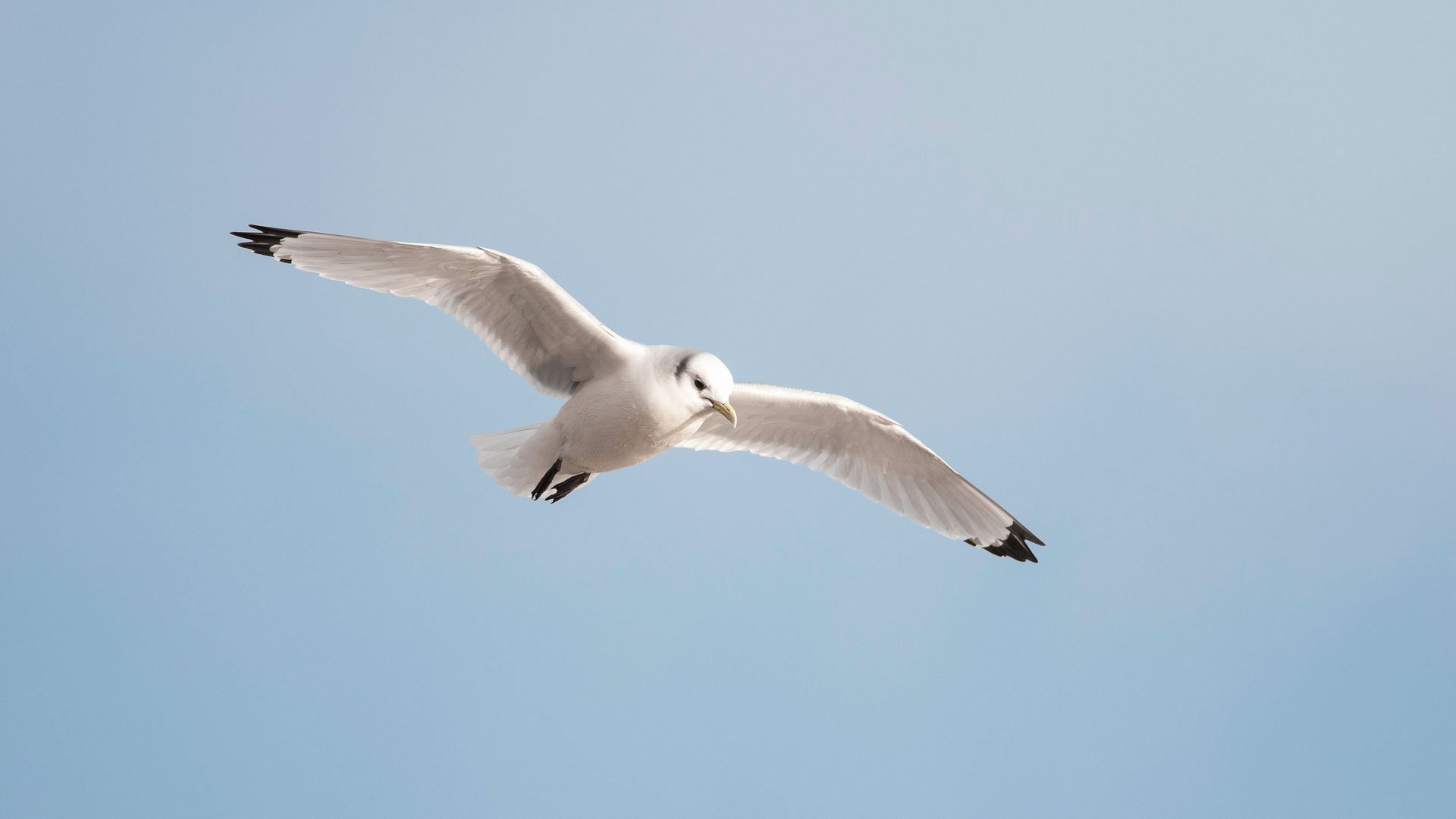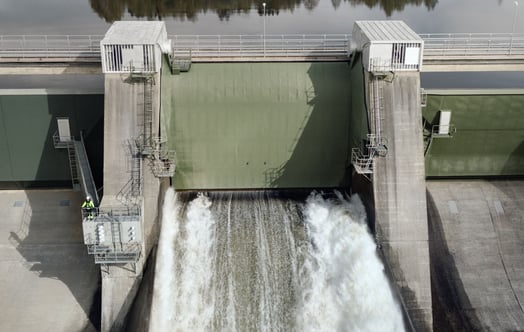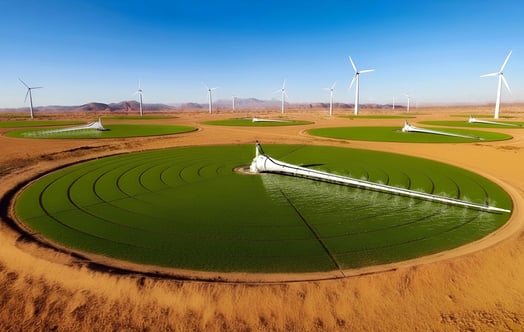Seabirds deliberately avoid wind turbine rotor blades offshore – that is the main finding of a new study that mapped the flightpaths of thousands of birds around wind turbines in the North Sea. Most importantly, during two years of monitoring using cameras and radar, not a single bird was recorded colliding with a rotor blade.

The risk of birds colliding with wind turbine blades is sometimes used as an argument against the use of wind power. Now, a new report – the most comprehensive and technologically advanced in the field to date – shows that seabirds off the UK coast are better at avoiding wind turbine blades than previously thought.
Using radar and cameras, researchers were able to monitor how birds behaved in the Aberdeen bay in the North Sea on the east coast of Scotland for a period of two years. The movements of herring gulls, gannets, kittiwakes, great black-backed gulls at the Aberdeen Offshore Wind Farm were studied in detail from April to October when bird activity is at its height.
Not a single collision
The results show that birds’ patterns of movement adapt to rotor blades from approximately 120 metres and become increasingly precisely adapted the closer the birds come to the rotors. There were also some variations between the seabirds studied. The herring gulls and kittiwakes showed horizontal avoidance further away from rotor blades, 90–110 metres and 140–160 metres respectively, while the gannets and great black-backed gulls only exhibited avoidance behaviour at 40 and 50 metres from the tips of rotor blades.
During the study, not a single collision between a bird and a rotor blade was recorded, even though birds are at risk of coming into contact with turbine blades.
“That’s the most important finding,” says Henrik Skov, who led the project.
“People have claimed that very costly solutions would be needed to ensure birds avoid collisions (with wind turbine blades), but the species we’ve tracked do a great job of avoiding them. They seem highly capable of surviving in a wind power environment,” Skov adds.
Unique technical solution
In the past, it has been difficult to carry out research offshore on the collision risk for birds. On land, it is relatively easy to monitor the effects of wind turbines, but out at sea, in often severe weather conditions, the task is more difficult.
The unique, previously unused, technical solution for the study has been to combine radar data with cameras to identify the species of seabird and create a three-dimensional image of birds’ flight patterns and how they avoid rotor blades.
“The interesting thing about the combination of the two is that we were always able to know where each bird was, which is important when you want to understand what a bird is doing, and where in a wind farm,” explains Skov.
“At intervals of two and a half seconds, we know exactly where the birds are in a three-dimensional world, and we can describe what they’re doing in relation to wind turbines, the distance to them, and current weather conditions.”
“The back of the turbines, on the leeward side, also creates turbulence that affects birds’ behaviour. So, this is another factor to include in the calculations, in addition to weather and wind. This kind of detailed study has never been done before.”
Improved ability to predict collision risk
The results could potentially pave the way for simpler permit processes for offshore wind power.
“Significant uncertainty surrounds collision risk predictions in environmental impact assessments,” says Robin Cox, Vattenfall’s project manager for the study.
“This has led to an unnecessarily cautious approach to the issue and more or less every project has exaggerated the risk of birds colliding with blades. In the research world, it’s been believed that this cumulative impact of collision is greater than the population of these seabirds can withstand which clearly has a negative impact on permit processes. With this project, we’ve been able to collect data that we hope can be used to improve our ability to predict collision risks more accurately and thus allow more realistic figures to be derived for estimates of the cumulative effect of wind farms in the North Sea.”
Collision risk modelling to date has, according to Cox, used static model inputs and basic assumptions. The new study has been able to focus in more detail on individual birds’ flight behaviour. The project was also conducted over a significant period of time to make it as accurate as possible.
“We wanted the project to run for two years so we could see variations in activity and behaviour over time,” explains Cox.
“We also anticipated that there could be teething problems with the technology in the initial phases of the project, which we tried to address by starting to collect data before the project had actually started. We were able to do that, although there were some technical and logistical issues in the first few months. Having two years for the project was good for that reason. We also succeeded in rolling out improved tracking devices in the second year which allowed us to collect more and better data.”
A new standard for bird studies?
As with most studies, there are several new directions that these findings open. Cox believes that the model using a combination of radar and cameras could set a new standard for collision risk calculations and says that there is still a large amount of data to analyse.
Skov also underlines that only four bird species have been studied to date. However, the model can be applied to more types of seabirds, or to onshore wind power – reinforcing the significance of the project.
“This is the first time that any kind of bird species has been studied this closely and in detail at an offshore wind farm. And these birds are really good at avoiding the turbines. Now we need studies on more varieties,” Skov says, adding that surveys on bird behaviour is part of an overall aim to avoid building wind farms in a flight corridor.
Danish study as a precursor
The study in the Aberdeen Offshore Wind Farm builds on a previous Danish study on pink-footed goose and common crane published in 2020. The key differences between the two reports are that the Danish study was carried out on land-based wind power, it adopted a more physical method, (the area around wind turbines was repeatedly examined to find bird carcasses), and it focused on geese and cranes. However, both reports suggest that birds are better at avoiding turbine blades than previously thought.
Click here to read the press release about the study in Aberdeen Offshore Wind Farm:
€3 million research project reveals how seabirds avoid offshore wind farms
The report, 'Resolving Key Uncertainties of Seabird Flight and Avoidance Behaviours at Offshore Wind Farms', was performed by researchers from DHI Group and RPS Group.
Subscribe to our newsletter
Do you want to read more interesting stories on climate smart energy and sustainability?
Click here to subscribe to our monthly newsletter THE EDIT



